October 22, 2016
Uberification of work + Future of coworking + Quest for productivity 0
 In this week’s Newsletter; Anthony Brown argues Uber’s success lends a name for a process that is reshaping the commercial property sector; Mike James wonders where the gig economy and zero hours contracts are taking us; and Mark Eltringham discusses the interaction of people and technology. Two new reports highlight the growth of the freelance workforce in the UK and US; researchers analyse the impact of coworking from a corporate real estate (CRE) perspective; Barclays presents its vision of the workforce of the future; and Herman Miller unveils a new Aeron chair. The latest stage of the UK’s BIM Task Group programme is officially launched; responses to a government enquiry reveal the barriers the built environment still presents to disabled people; and a combination of financial, mental and physical health problems affect many workers. Download our new Briefing, produced in partnership with Boss Design on the link between culture and workplace strategy and design; visit our new events page, follow us on Twitter and join our LinkedIn Group to discuss these and other stories.
In this week’s Newsletter; Anthony Brown argues Uber’s success lends a name for a process that is reshaping the commercial property sector; Mike James wonders where the gig economy and zero hours contracts are taking us; and Mark Eltringham discusses the interaction of people and technology. Two new reports highlight the growth of the freelance workforce in the UK and US; researchers analyse the impact of coworking from a corporate real estate (CRE) perspective; Barclays presents its vision of the workforce of the future; and Herman Miller unveils a new Aeron chair. The latest stage of the UK’s BIM Task Group programme is officially launched; responses to a government enquiry reveal the barriers the built environment still presents to disabled people; and a combination of financial, mental and physical health problems affect many workers. Download our new Briefing, produced in partnership with Boss Design on the link between culture and workplace strategy and design; visit our new events page, follow us on Twitter and join our LinkedIn Group to discuss these and other stories.








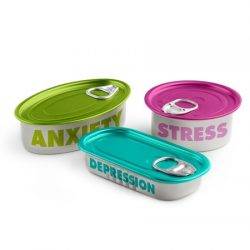
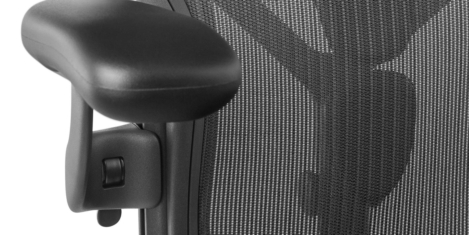
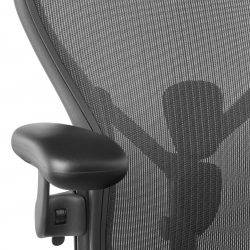
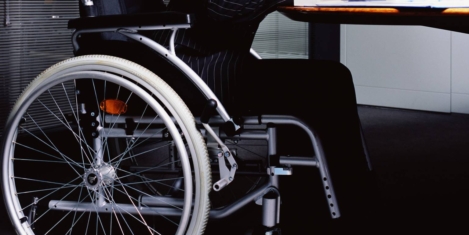
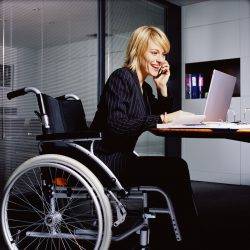
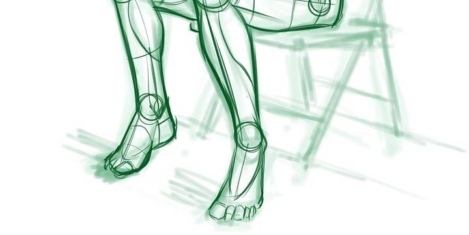






















October 24, 2016
How and why employee fitness became part of the corporate agenda 0
by Michael Page • Comment, Wellbeing, Workplace design
(more…)